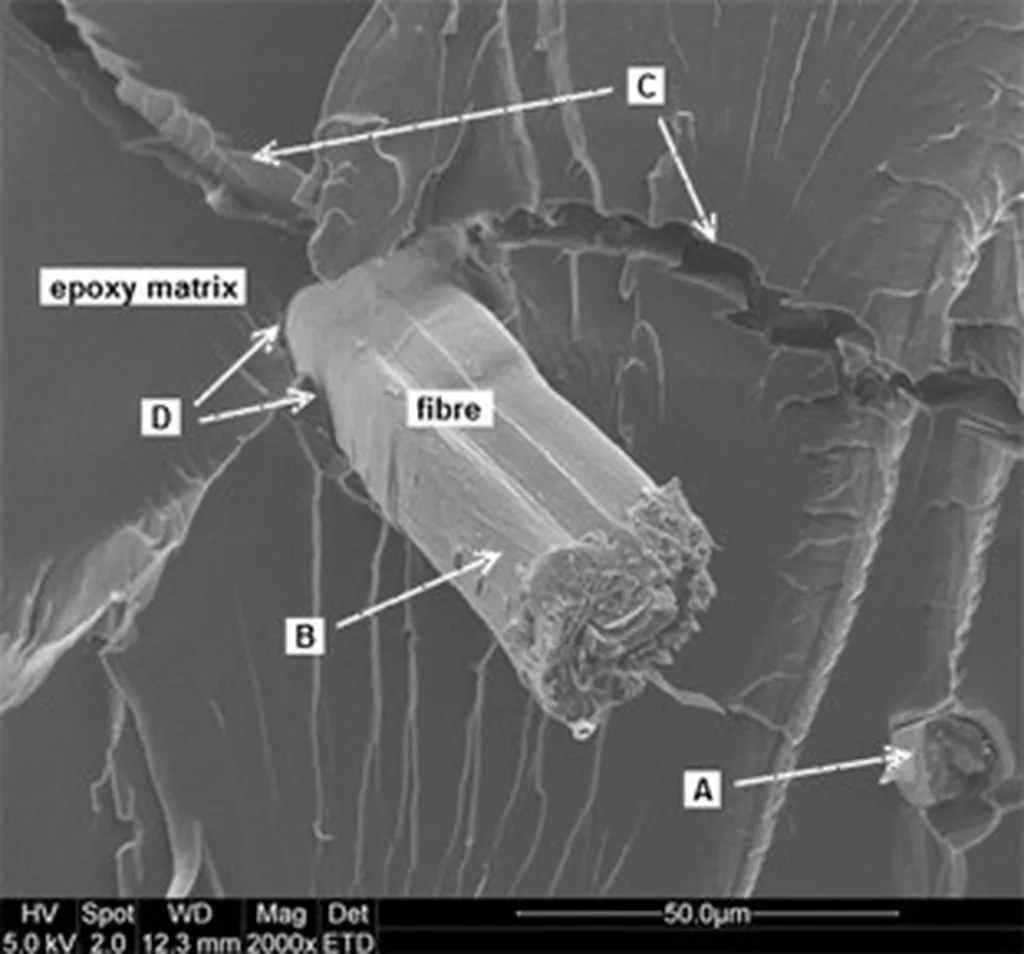In the quest for sustainable and high-performance materials, researchers have turned their attention to flax fibers, a promising candidate for composite reinforcement. A recent study led by Margot Chalard from the Université de Bretagne-Sud in France, published in the journal ‘Composites Part C: Open Access’ (translated as ‘Composites Part C: Open Access’), sheds light on how the processing of flax fibers can significantly impact their mechanical properties, with potential implications for the energy sector.
Flax fiber bundles, composed of elementary fibers bound by the middle lamella, are akin to unidirectional composite materials. Their mechanical properties are heavily influenced by the quality of retting—a process that separates the fiber bundles from the stem—and subsequent treatments. Chalard and her team investigated how different treatments affect the integrity and performance of these bundles.
The researchers compared under-retted (UR) and well-retted (WR) flax fiber batches, with and without a chemical treatment using ethylenediaminetetraacetic acid (EDTA). They also explored the effects of gamma irradiation and steam explosion, aiming to enhance bundle division without compromising the structural integrity of the elementary fibers.
Morphological and thermogravimetric analyses revealed that treated bundles exhibited lower moisture sorption and higher cellulose content. Mechanical tests showed a 30% drop in stress and strain at break with improved retting, attributed to the degradation of cortical residues and middle lamellae. “The degradation of these components facilitates better bundle division, but it also reduces the overall mechanical strength,” explained Chalard.
Tensile tests at higher gauge lengths (75 mm) highlighted a greater sensitivity to the state of the middle lamellae. Notably, steam explosion led to an 80% reduction in stress at break at this gauge length, demonstrating its potential as a complementary treatment to retting. In contrast, gamma irradiation had minimal impact on the mechanical properties and bundle division.
These findings are crucial for optimizing the properties of flax fiber bundles and composite materials, particularly in the energy sector where lightweight, high-performance materials are in demand. “Understanding how different treatments affect the mechanical properties of flax fibers can help us tailor these materials for specific applications, such as wind turbine blades or automotive components,” Chalard noted.
The research suggests that steam explosion could be a valuable addition to the retting process, enhancing bundle division without significantly compromising the mechanical properties of the elementary fibers. This could lead to more efficient and sustainable production methods for flax-based composites, benefiting industries that rely on lightweight, high-strength materials.
As the demand for sustainable and eco-friendly materials continues to grow, the insights from this study could pave the way for innovative developments in the field of biomaterials. By optimizing the processing techniques for flax fibers, researchers and industry professionals can work together to create high-performance composites that meet the evolving needs of the energy sector and beyond.

